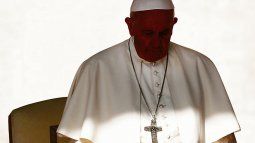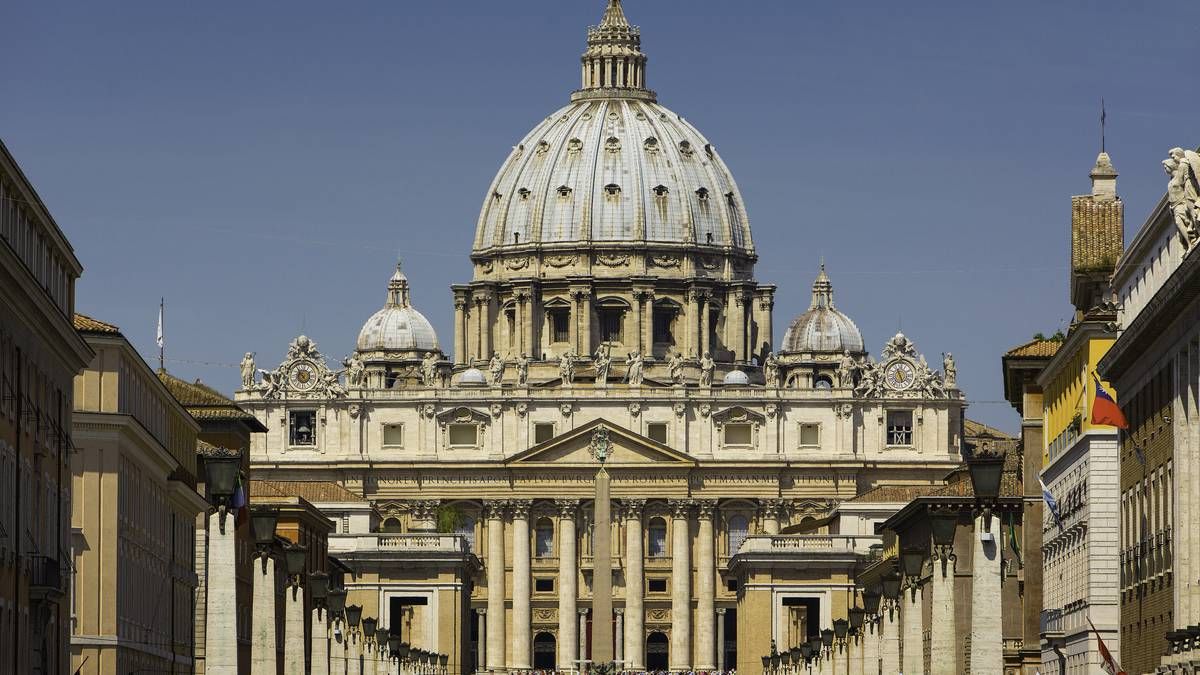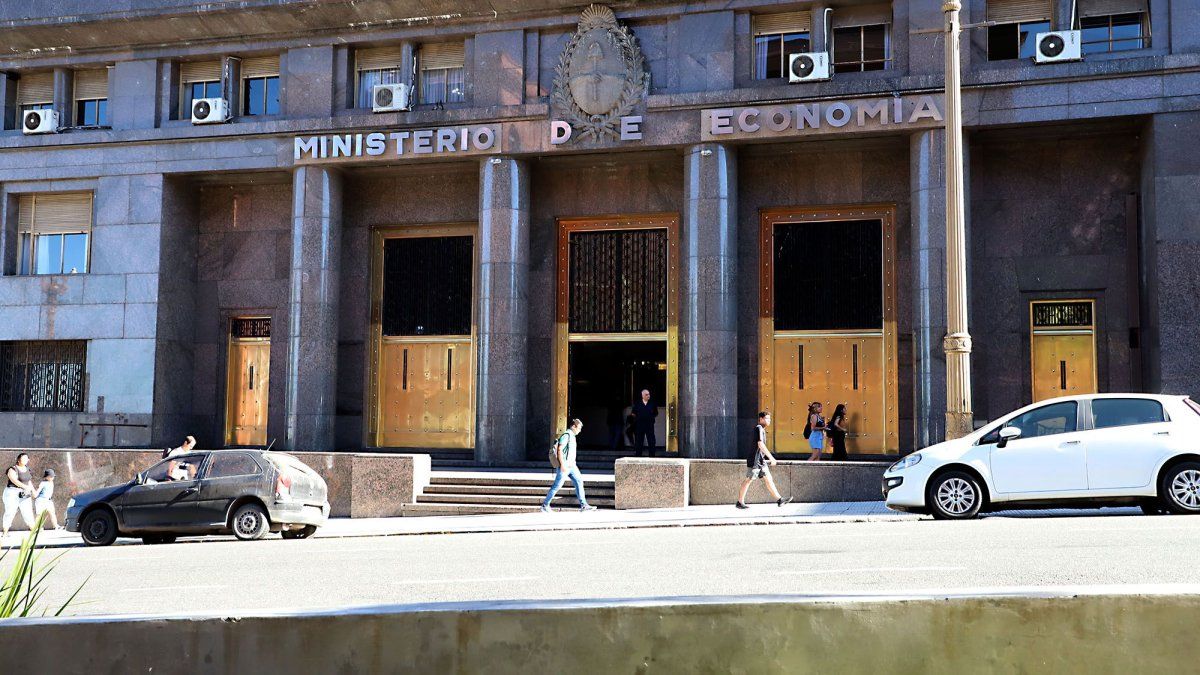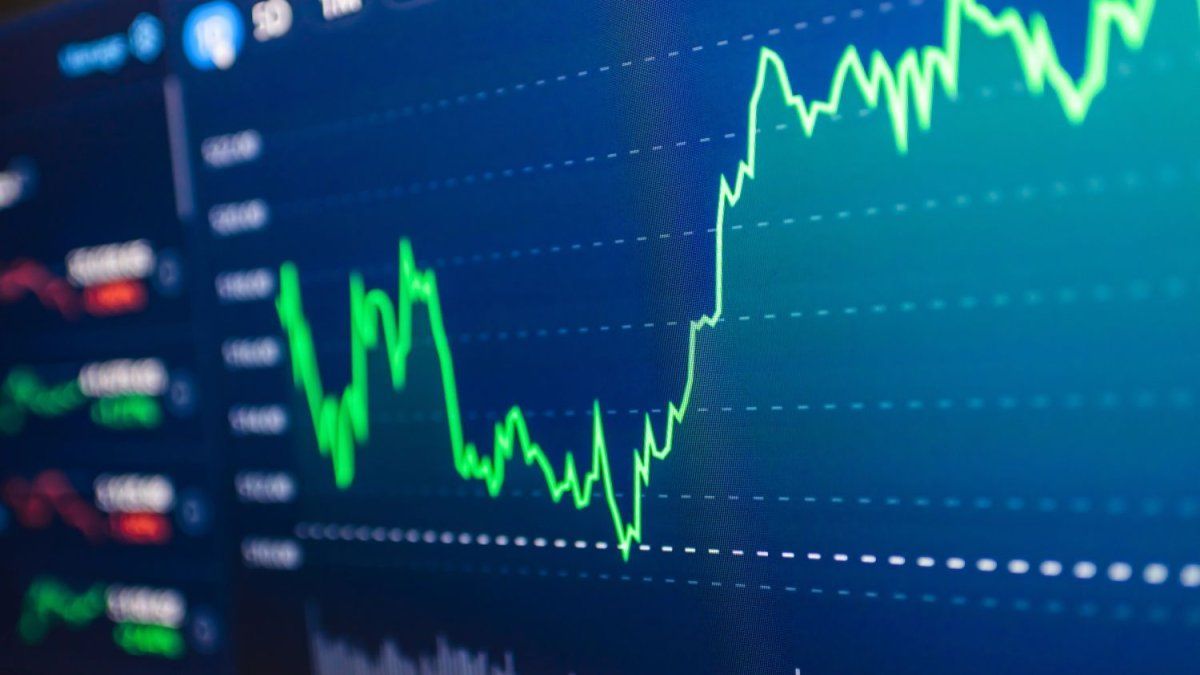The smallest country in the world, governed by the Pope, holds its economy with private contributions, rental income and profits for entries to museums. The fiscal deficit remains a challenge for the new pontiff.
Although its surface does not reach even half a square kilometer and barely has about 760 inhabitants, the city of the Vatican – the smallest state in the world – manages complex and multimillionaire finances. Governed by the Pope as head of state and leader of the Catholic Church, the Vatican holds his economy through three main pillars: donations of faithful, financial investments and a robust real estate portfolio with more than 5,000 properties.
The content you want to access is exclusive to subscribers.
Fiscal deficit and internal tensions
The economic situation of the Vatican does not escape difficulties. Before his death, Pope Francis faced criticism within the Cardinal College itself for promoting an adjustment program and demanding budgetary balance. Since 2021 he implemented salary cuts to the cardinals and in September 2024 he imposed a “zero deficit” policy. However, the numbers are still in red: the estimated deficit by 2025 could reach US $ 87 million.


Francisco had ordered to create a new commission to foster donations, just before being hospitalized for pneumonia. Its objective was clear: to find external financing that would help close the fiscal bump. Not all sectors of the curia shared that vision.
Where does Vatican money come from?
The main sources of income are three:
-
Donations: They are channeled through the official Pope Fund, known as San Pedro Obol. During the last decade, the contributions were stable around US $ 48 million annually, with peaks in 2018 (US $ S77 million) and 2019 (US $ S66 million).
-
Investments and Properties: The Vatican manages more than 5,000 real estate properties, with around 4,200 located in Rome. In 2024, he obtained US $ 48 million for investments, of which US $ 35 million came from the rental business.
-
Vatican museums: Another key income comes from the tickets paid by tourists. Pandemia hit this item hard, but since 2023 the influx was recovered strongly. By 2025, year of the Jubilee or Holy Catholic year, 32 million visitors are expected. The entrance costs at least $ S24 per person, although not everything is used to cover the deficit, since a good part is in salaries and maintenance of the exhibitions.
Vatican financial institutions
The financial framework is mainly managed through two agencies:
-
Institute for Works of Religion (IOR): Also known as the “Vatican Bank”, although it does not operate as a traditional bank or has branches outside Rome.
-
Heritage administration of the Apostolic Headquarters (APSA): Handles the investments and real estate of the Holy See.
The new Pope must assume not only the spiritual guide of 1.3 billion faithful, but also the economic challenge of ordering the accounts of a unique theocracy in the world, which mixes faith with global finances.
Source: Ambito




